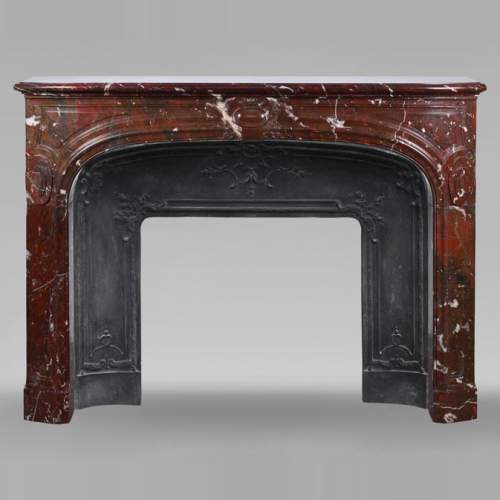My selection (1 Objects)
Recommended for you :
Dimensions:
Width: 124
Height: 103
Depth: 36
Inner width: 85
Inner height: 85
Dimensions:
Width: 159
Height: 110
Depth: 31
Inner width: 123
Inner height: 93
Dimensions:
Width: 137
Height: 110
Depth: 40
Inner width: 95
Inner height: 91
Dimensions:
Width: 132
Height: 107
Depth: 35
Inner width: 106
Inner height: 91
Dimensions:
Width: 136
Height: 106
Depth: 38
Inner width: 100
Inner height: 87
Dimensions:
Width: 135
Height: 111
Depth: 40
Inner width: 93
Inner height: 87
Dimensions:
Width: 157
Height: 116
Depth: 45
Inner width: 119
Inner height: 94
Dimensions:
Width: 173
Height: 115
Depth: 38
Inner width: 136
Inner height: 96
Dimensions:
Width: 112
Height: 103
Depth: 35
Inner width: 78
Inner height: 84
Dimensions:
Width: 156
Height: 112
Depth: 36
Inner width: 120
Inner height: 94
Dimensions:
Width: 155
Height: 118
Depth: 32
Inner height: 95
Dimensions:
Width: 103
Height: 100
Depth: 37
Inner width: 66
Inner height: 82















